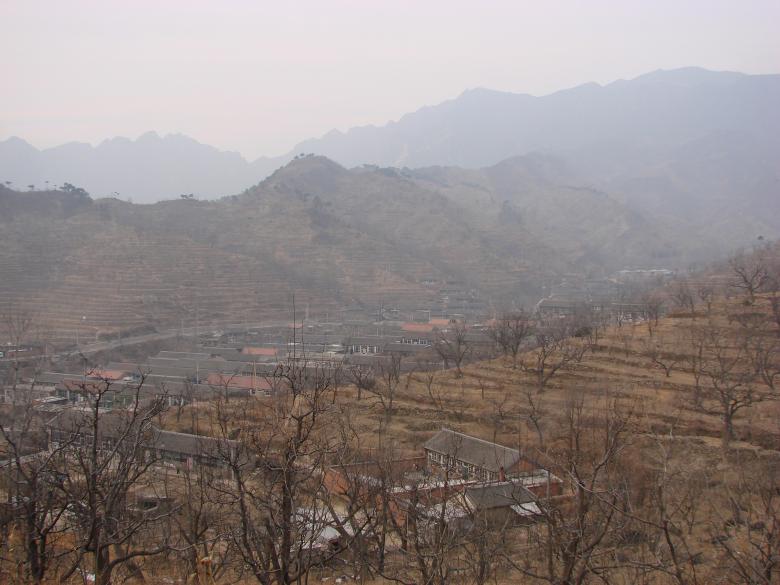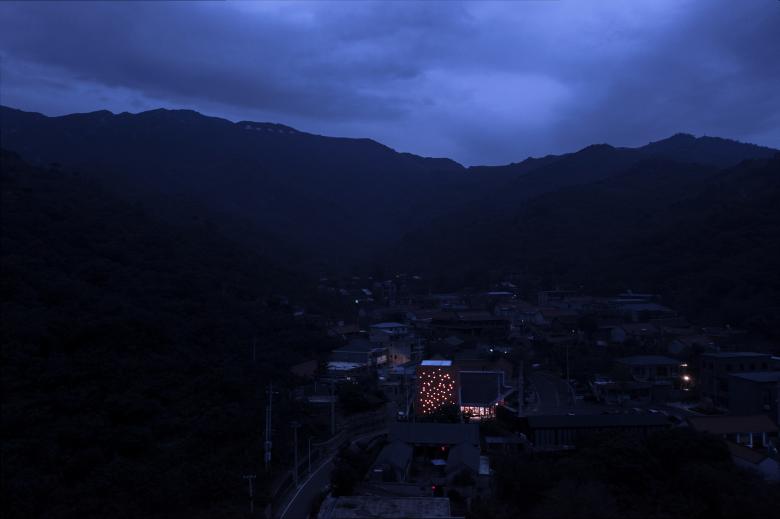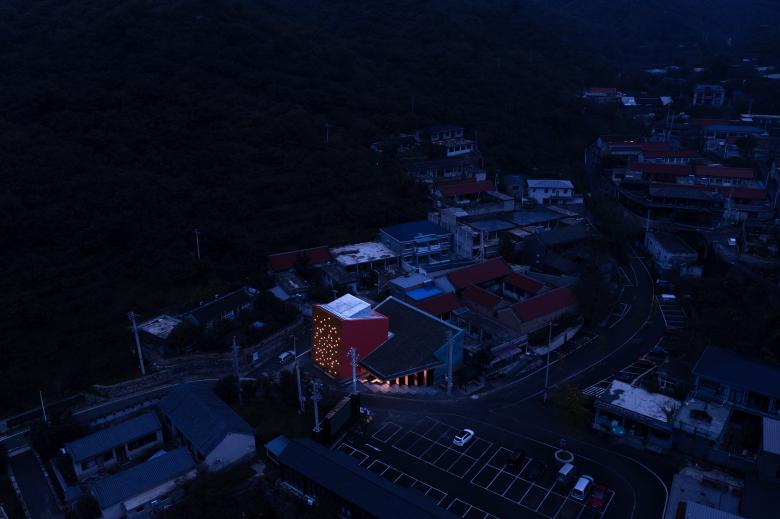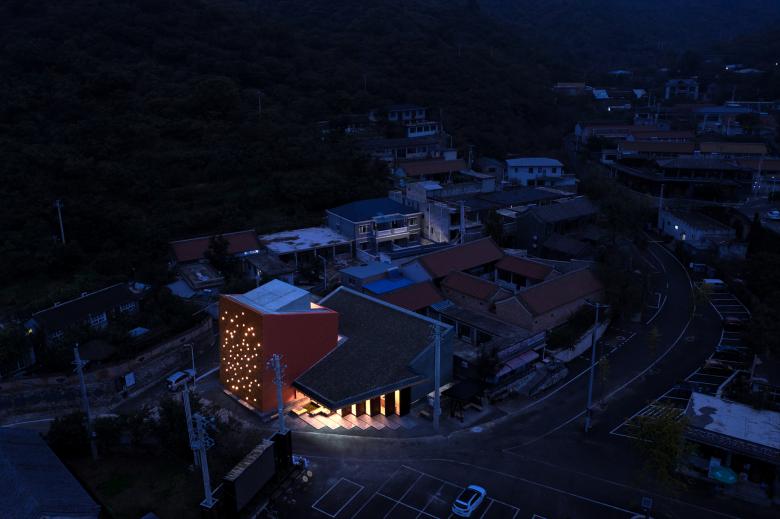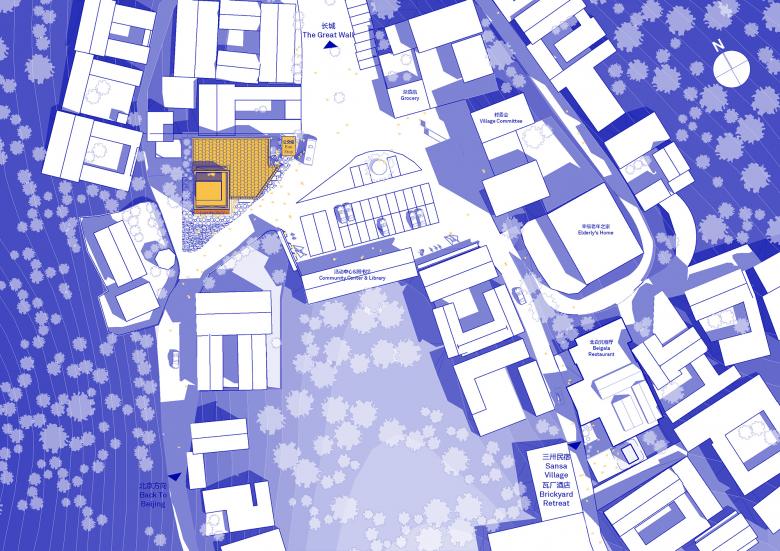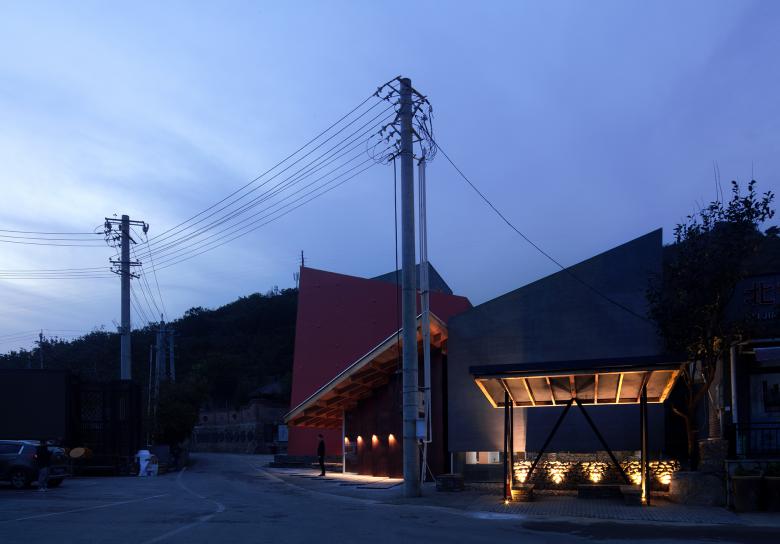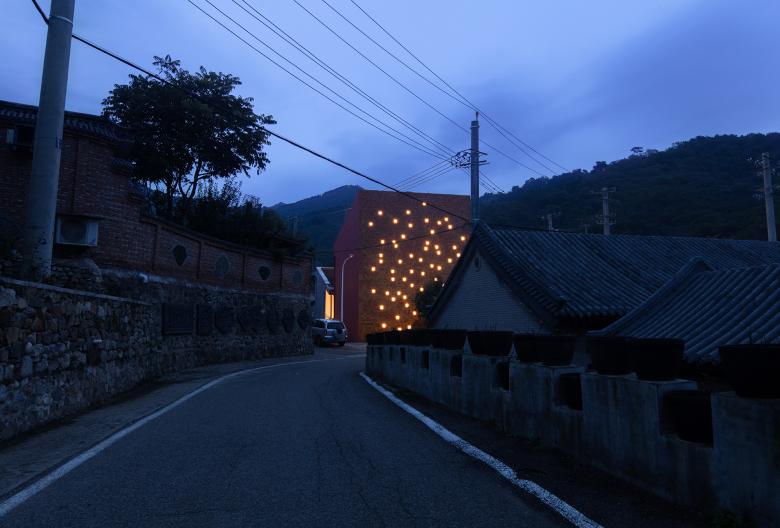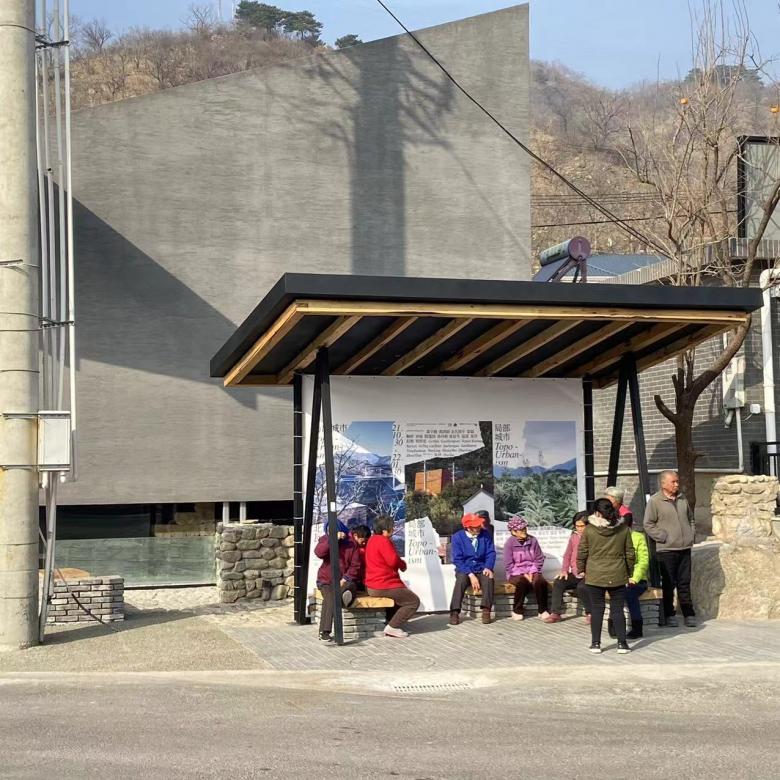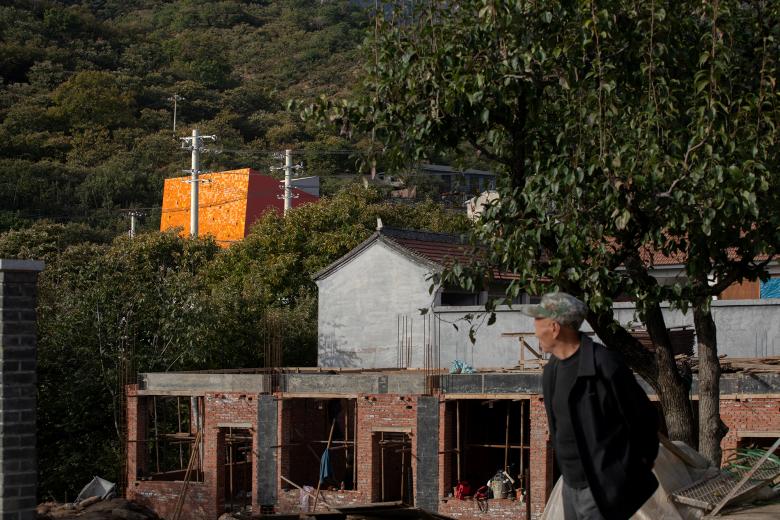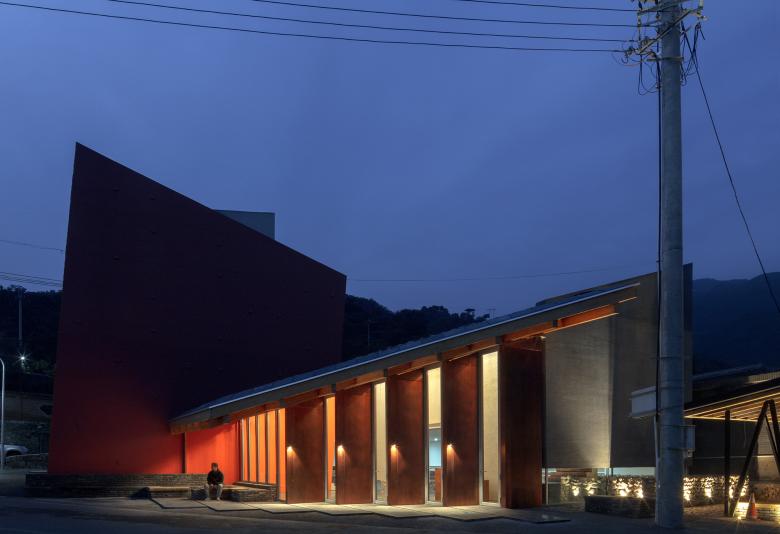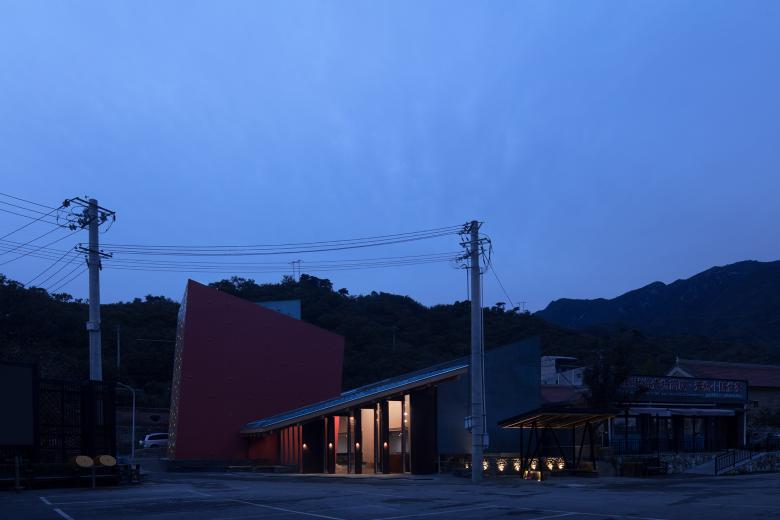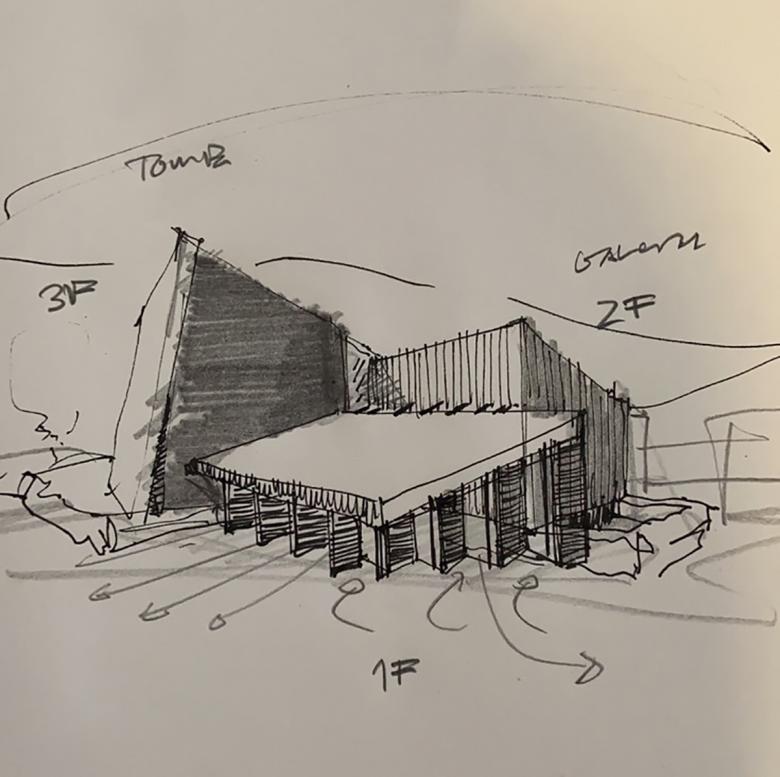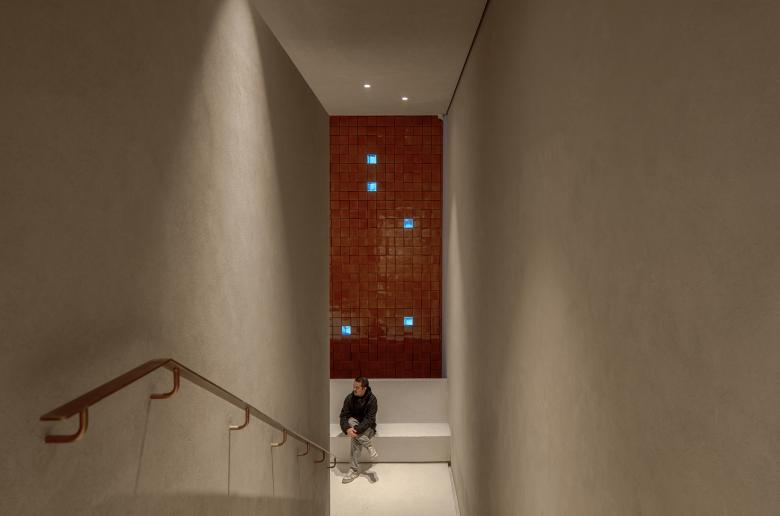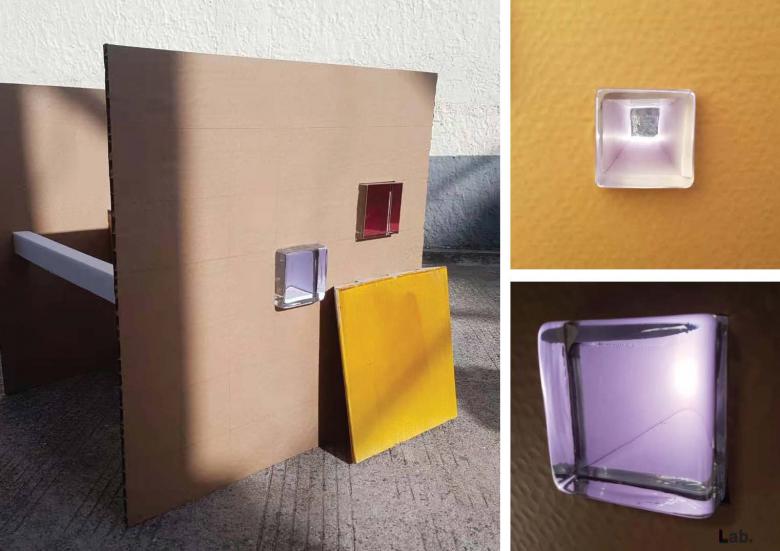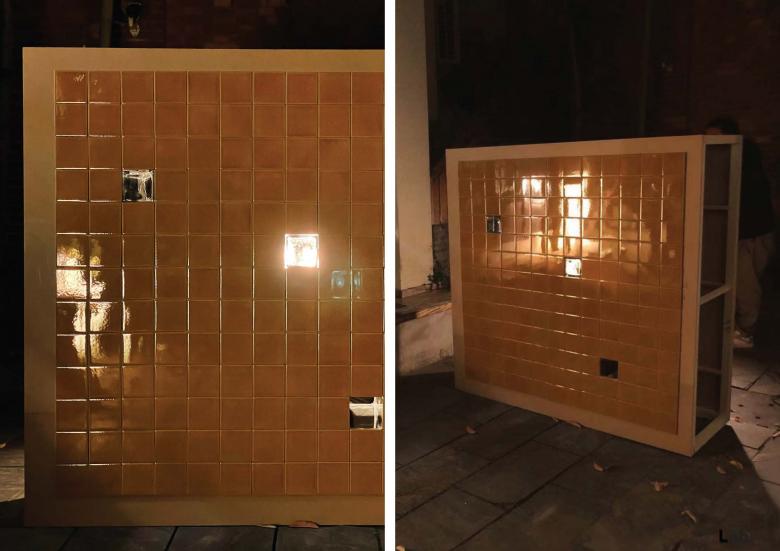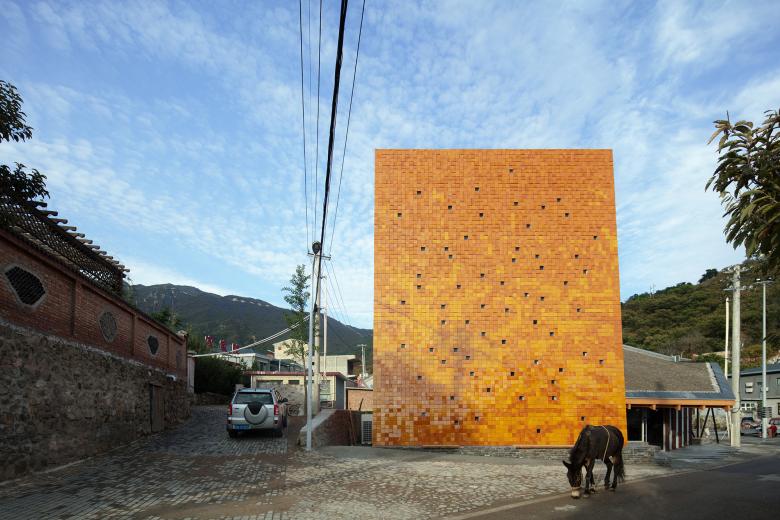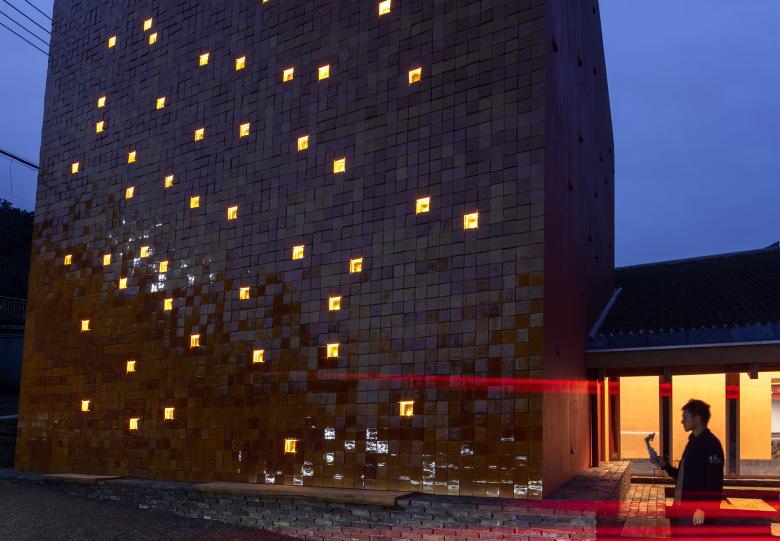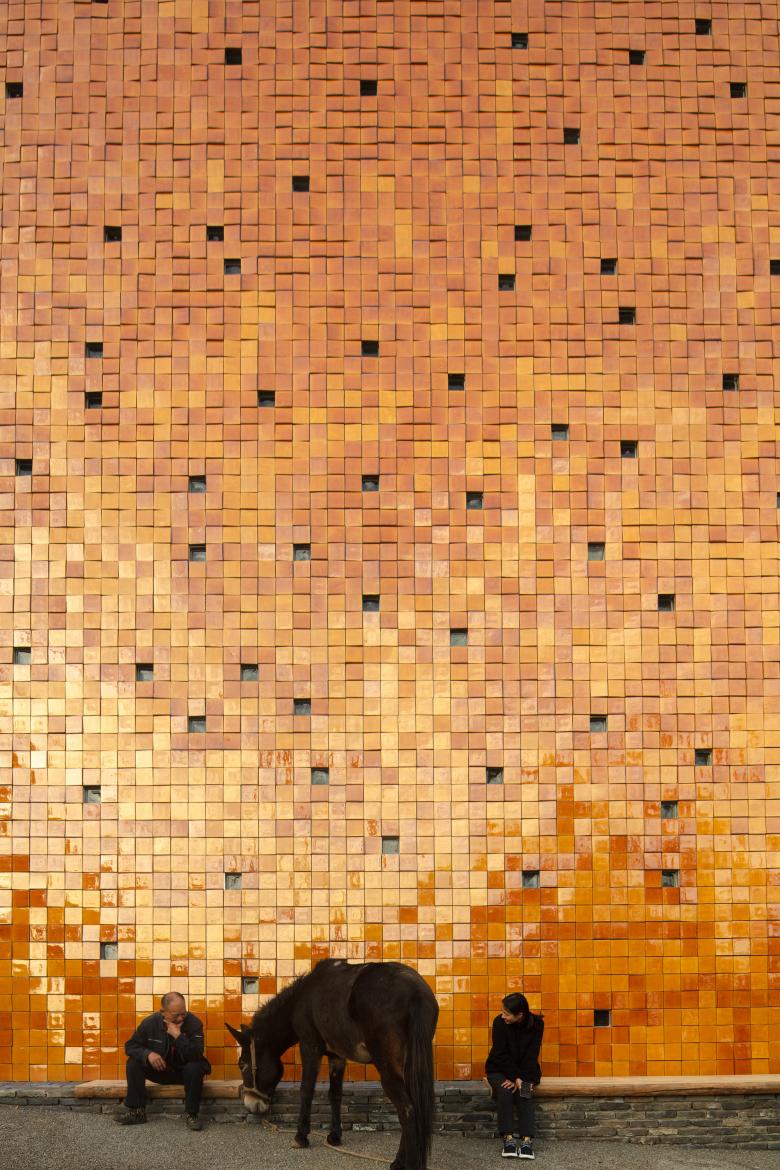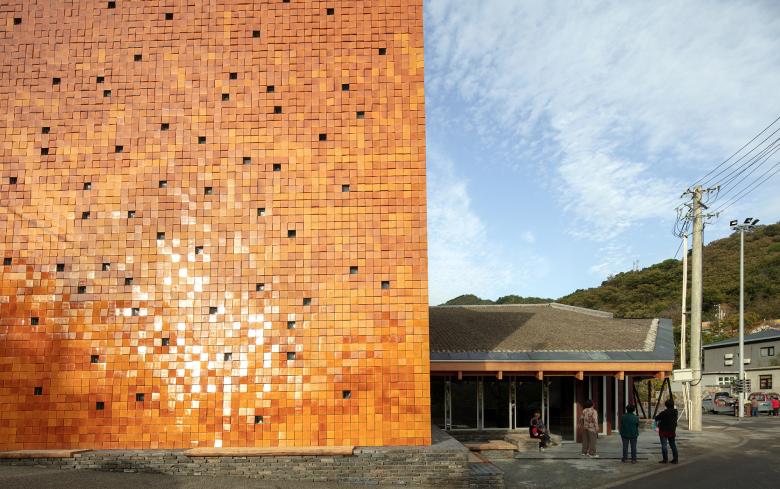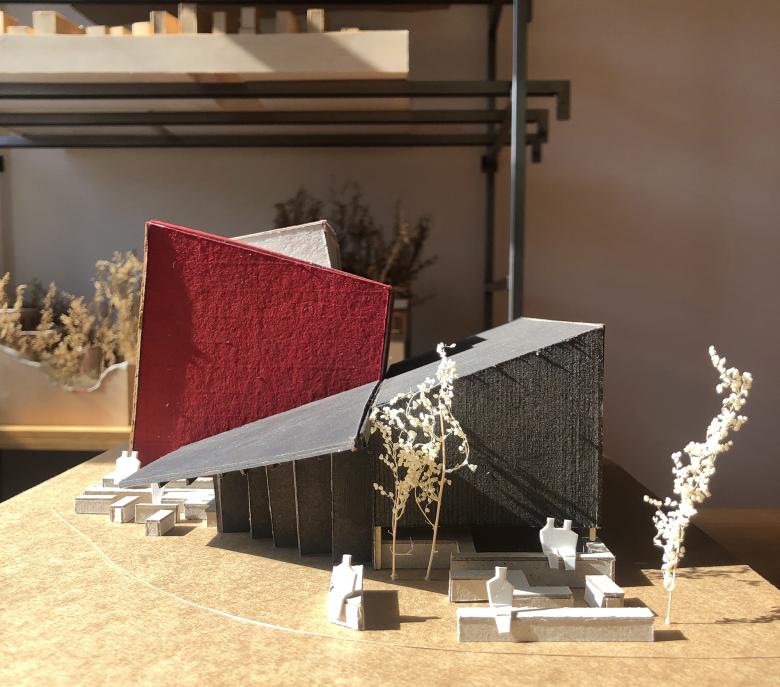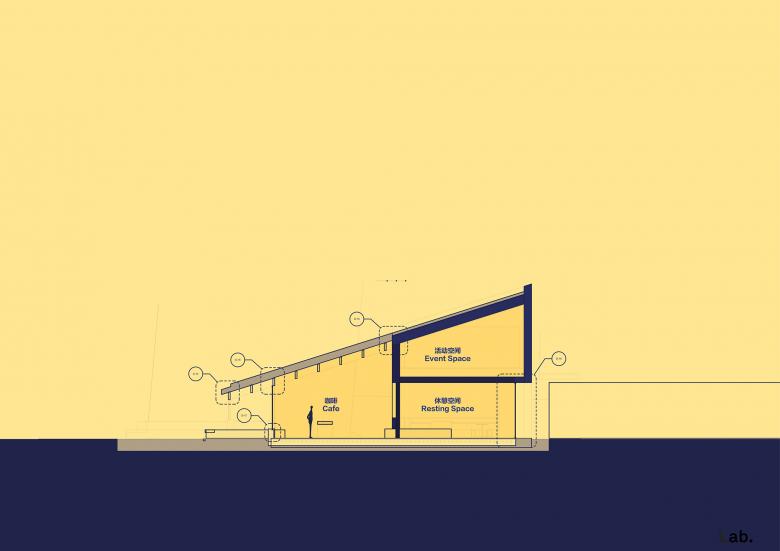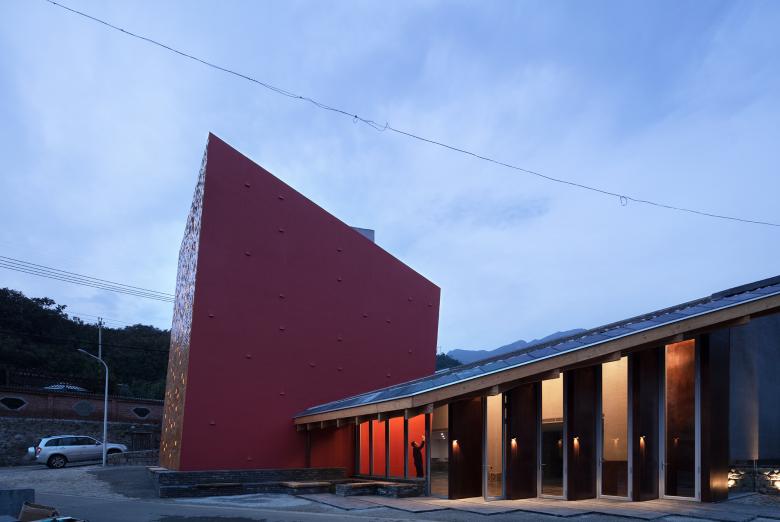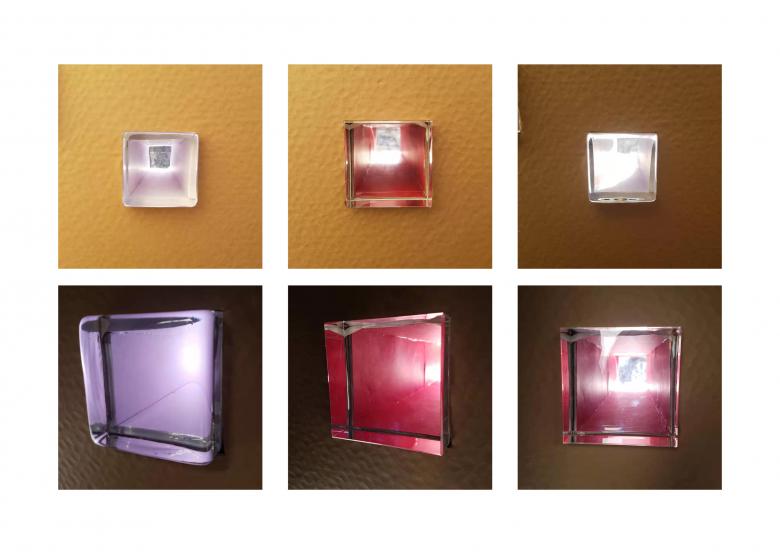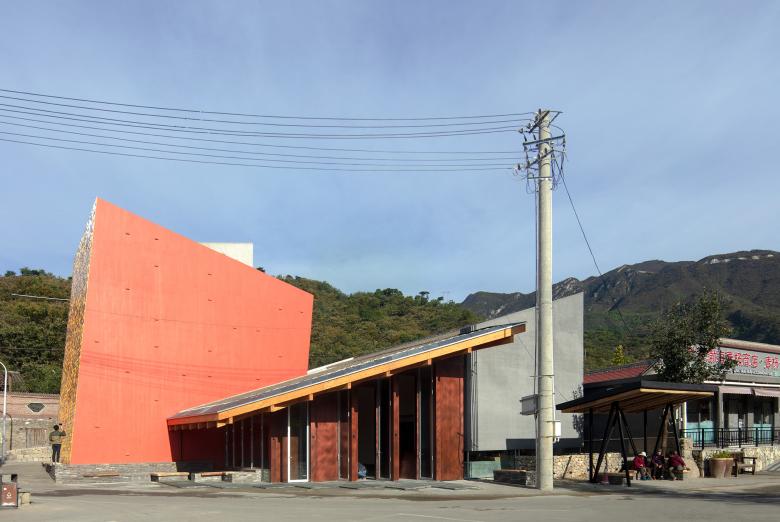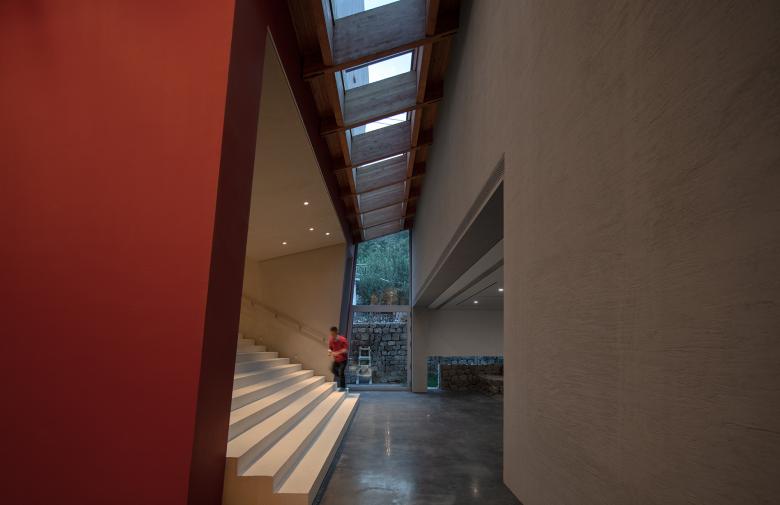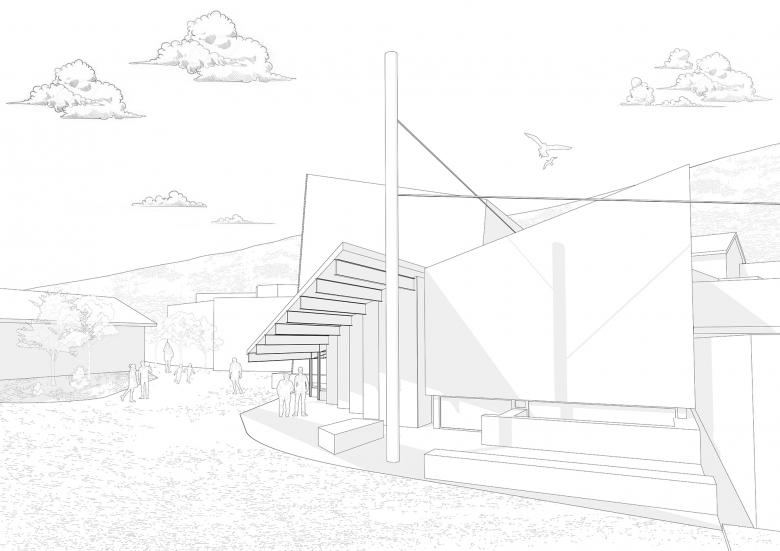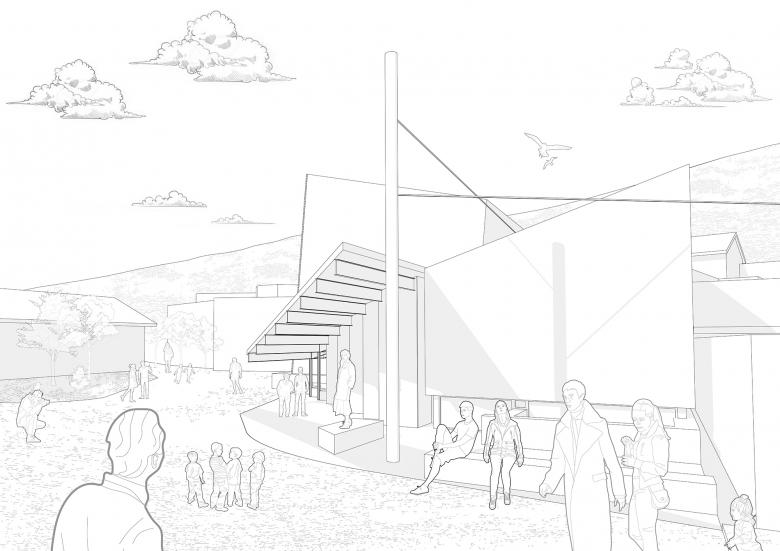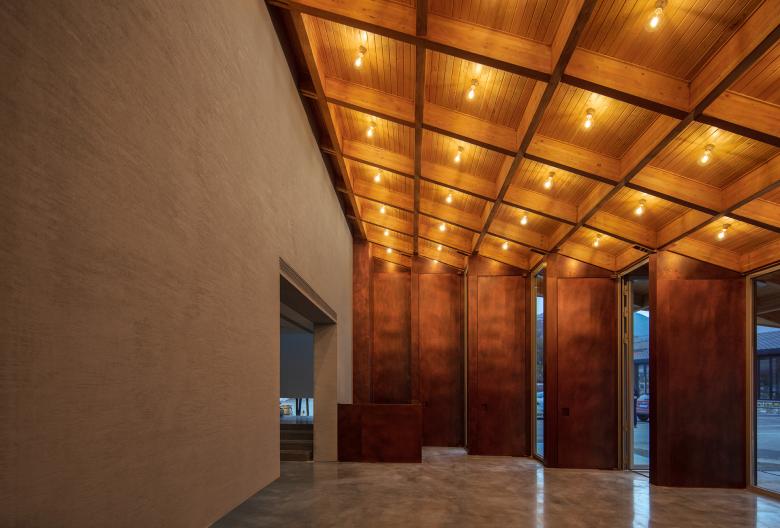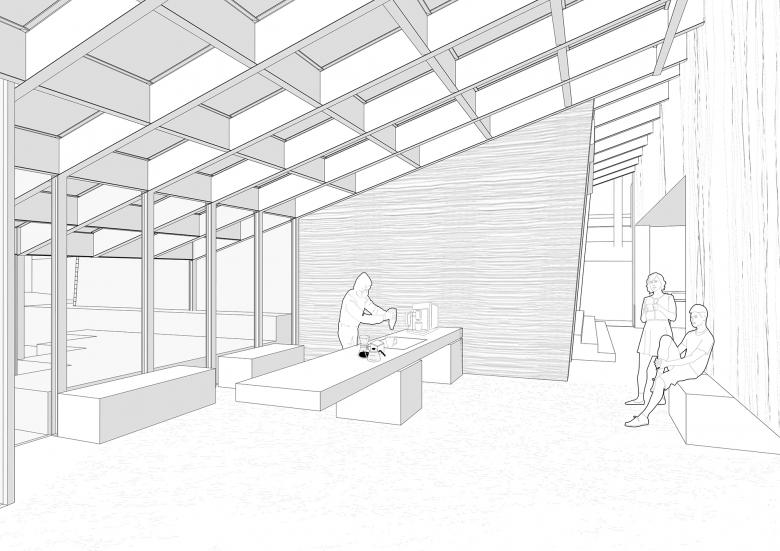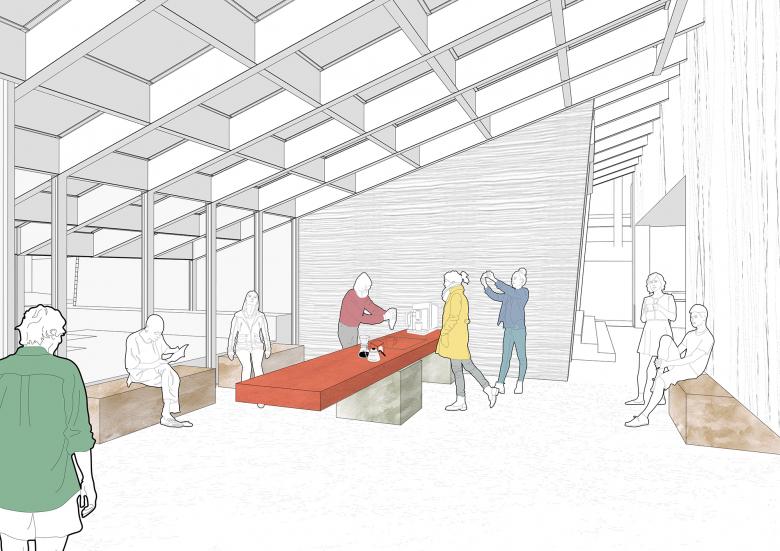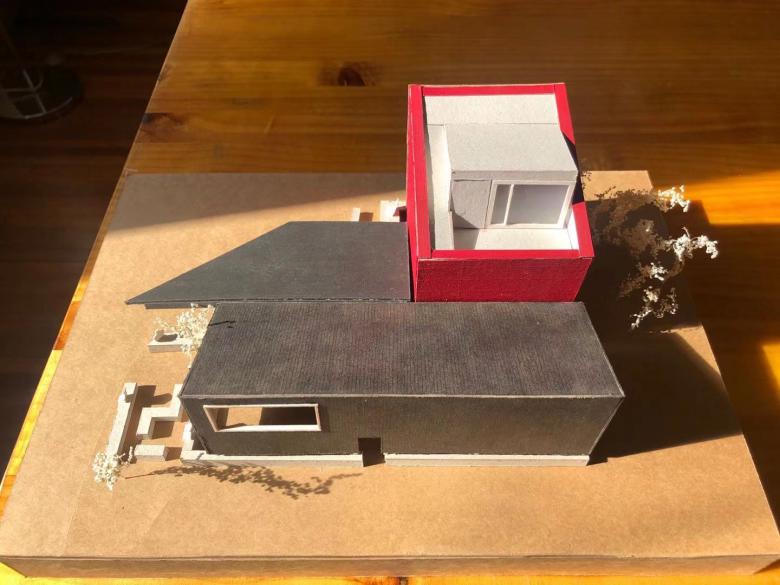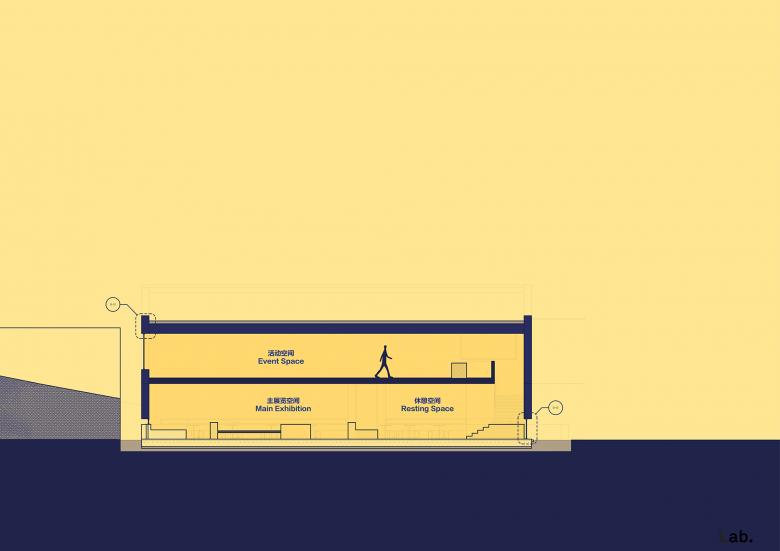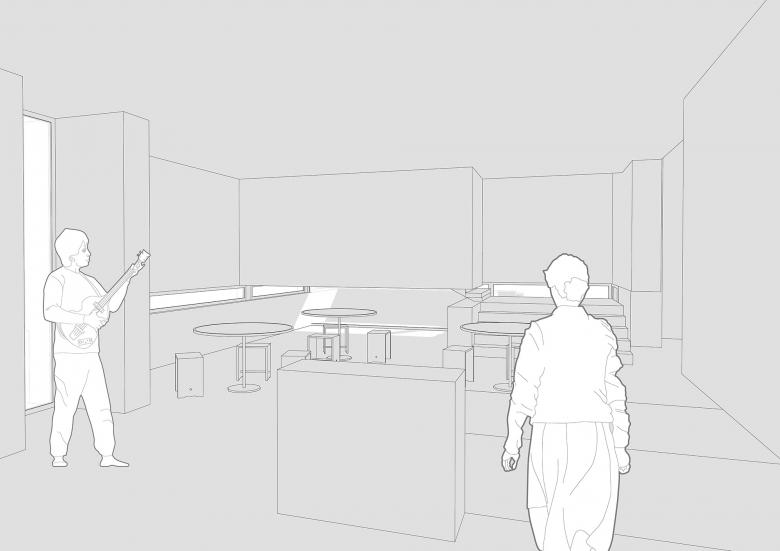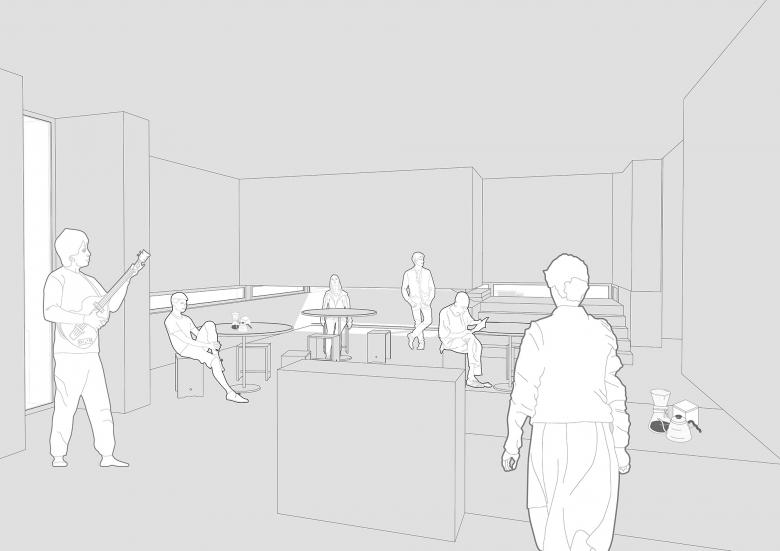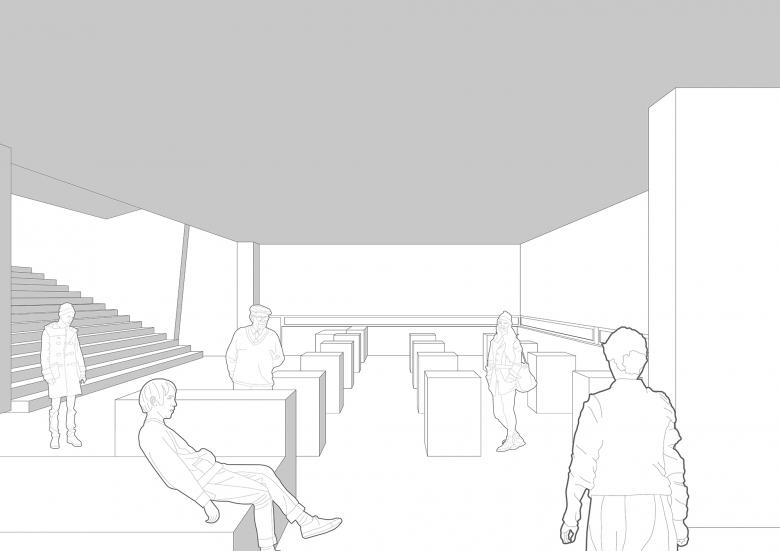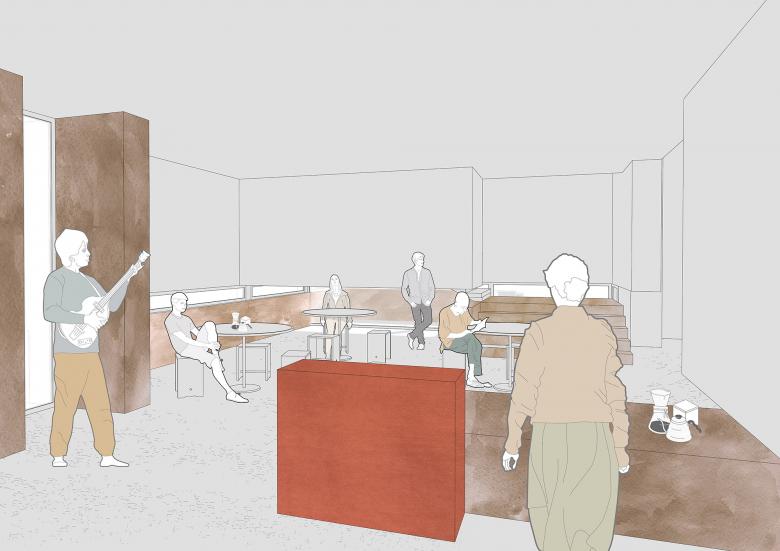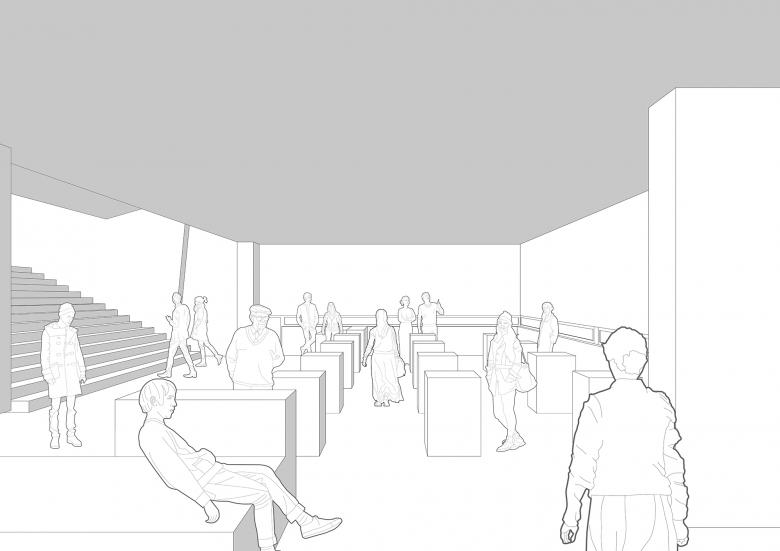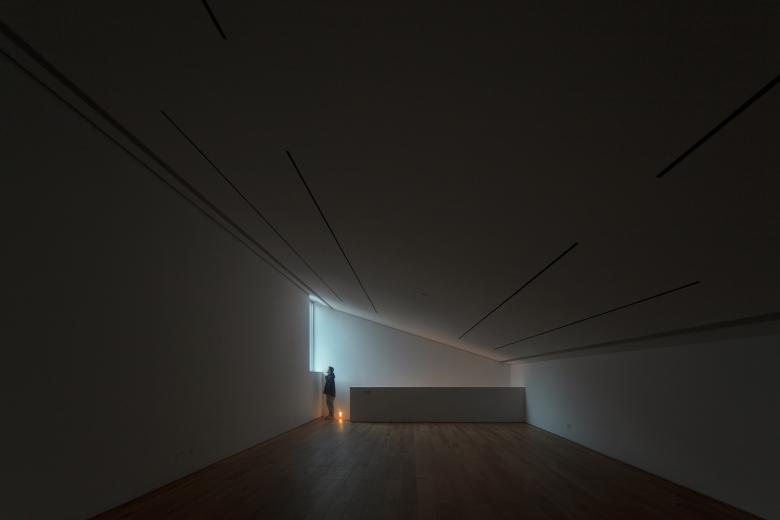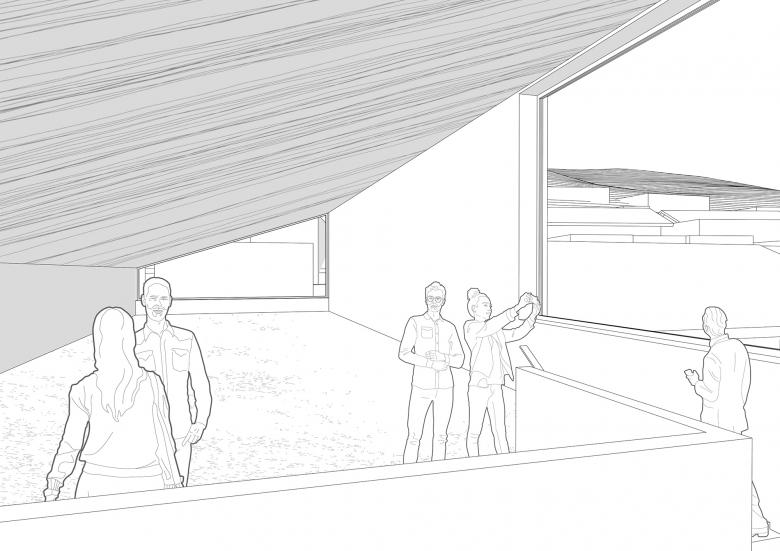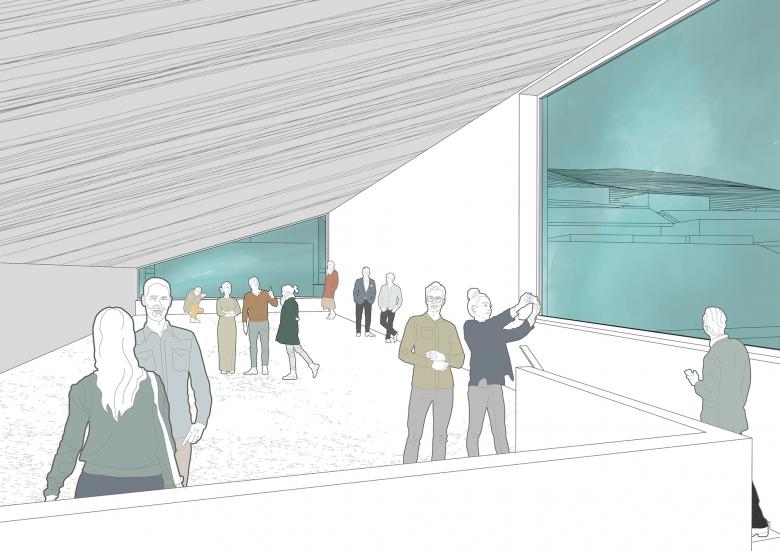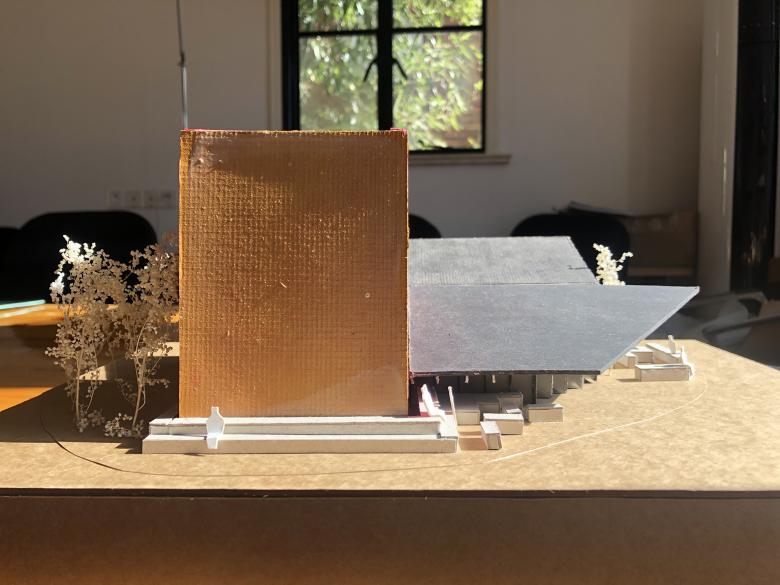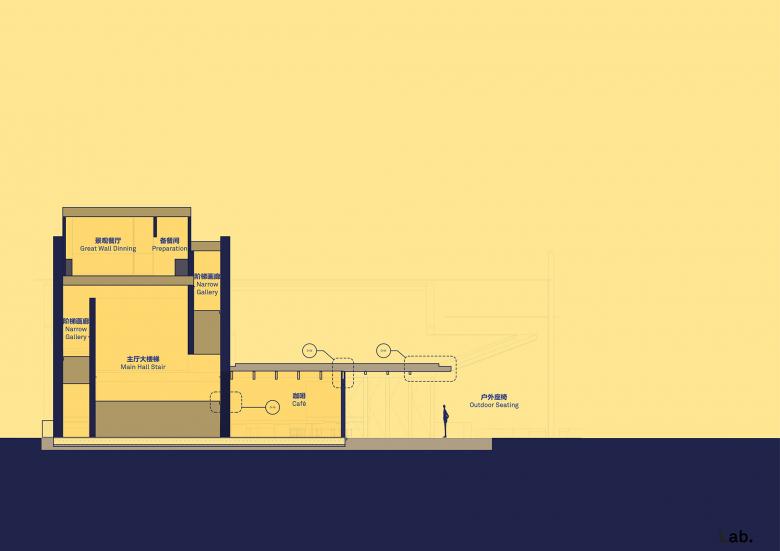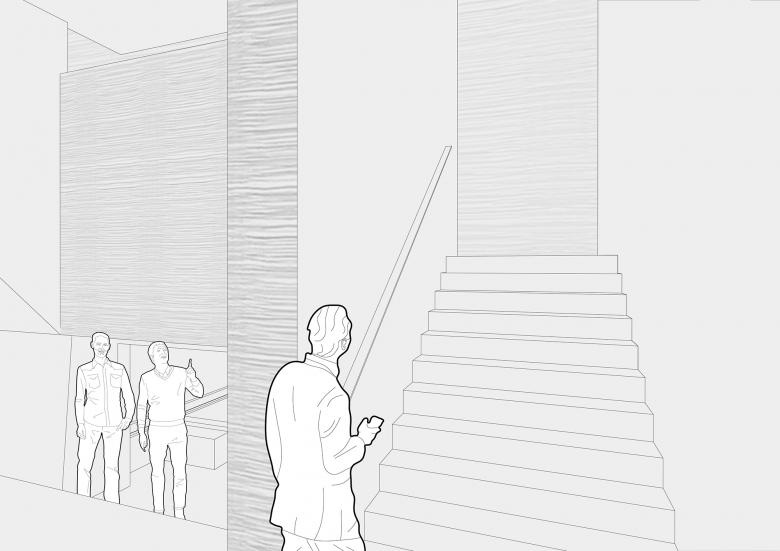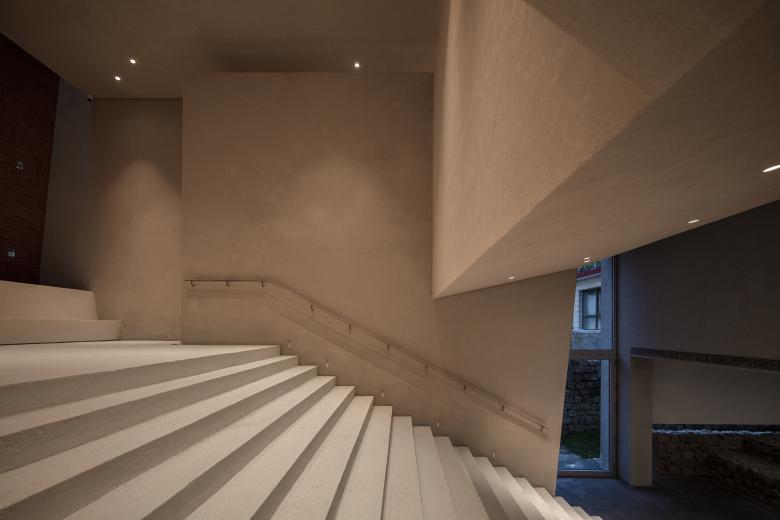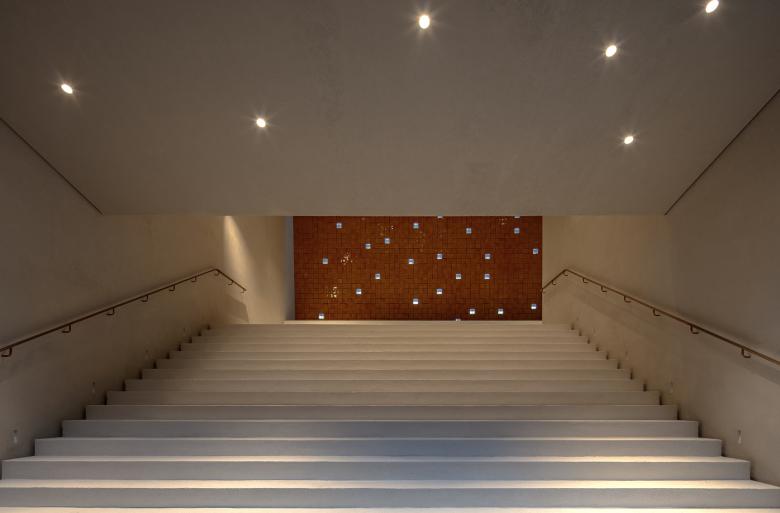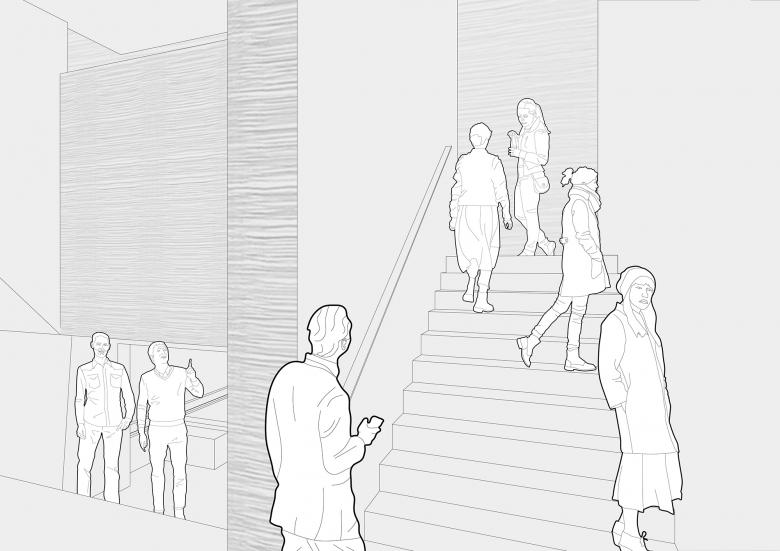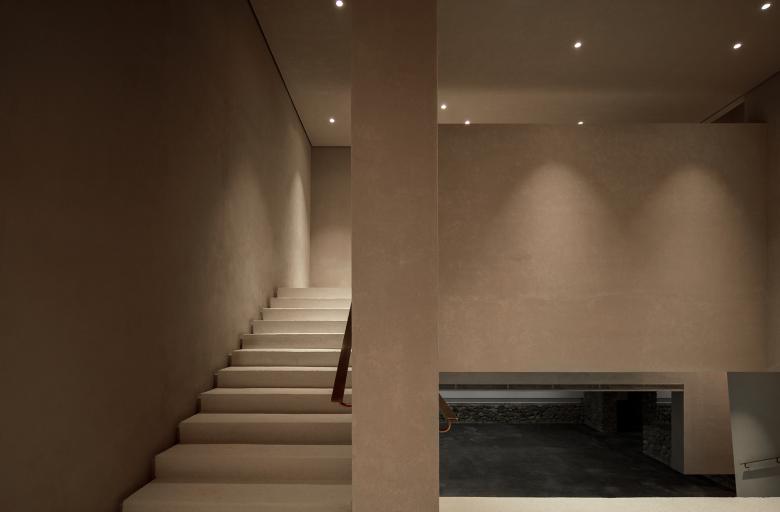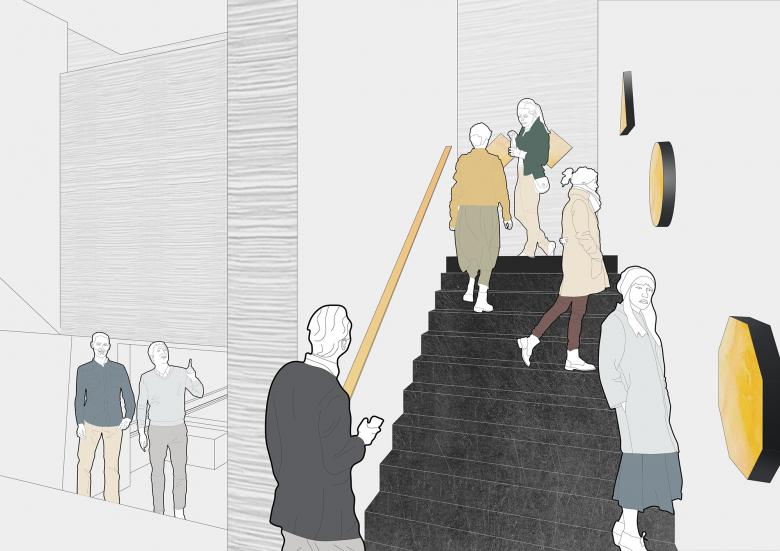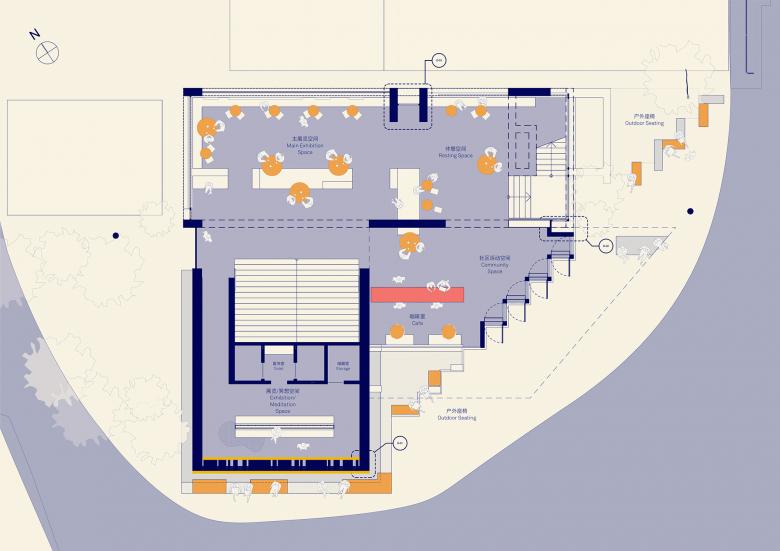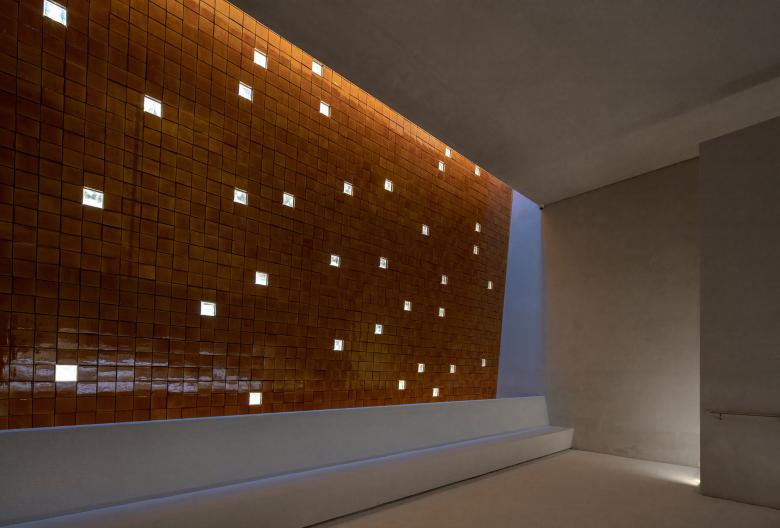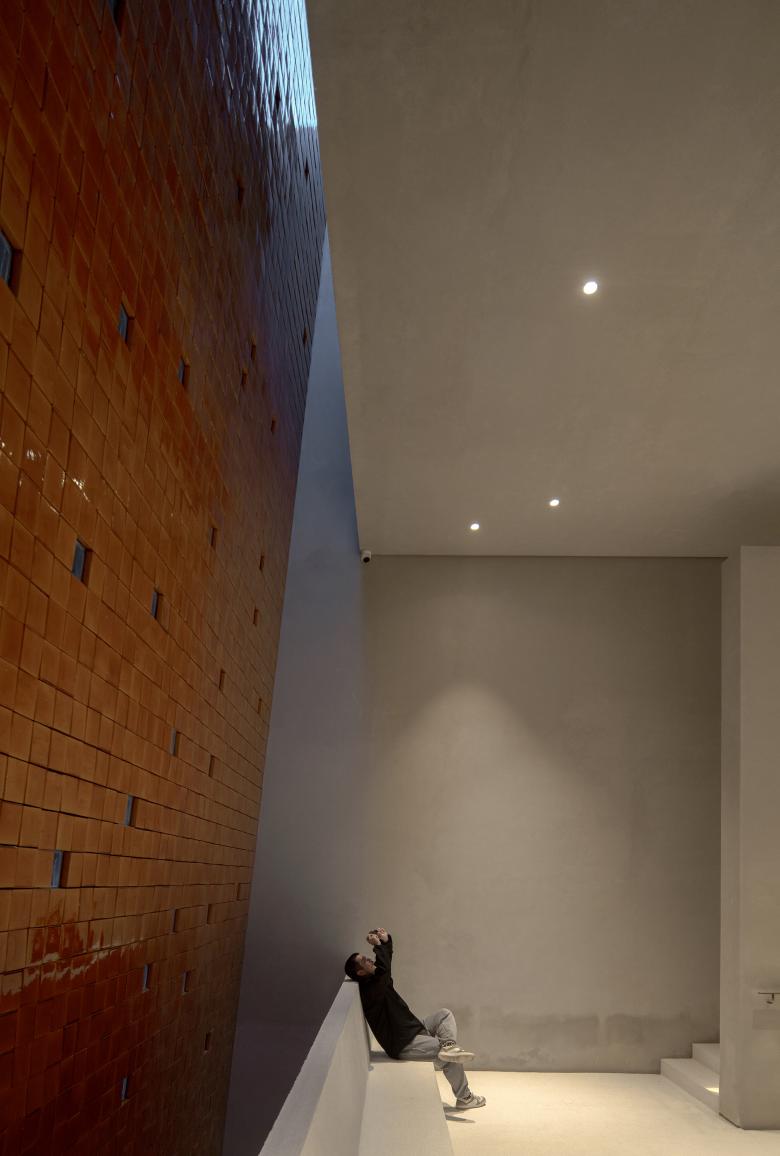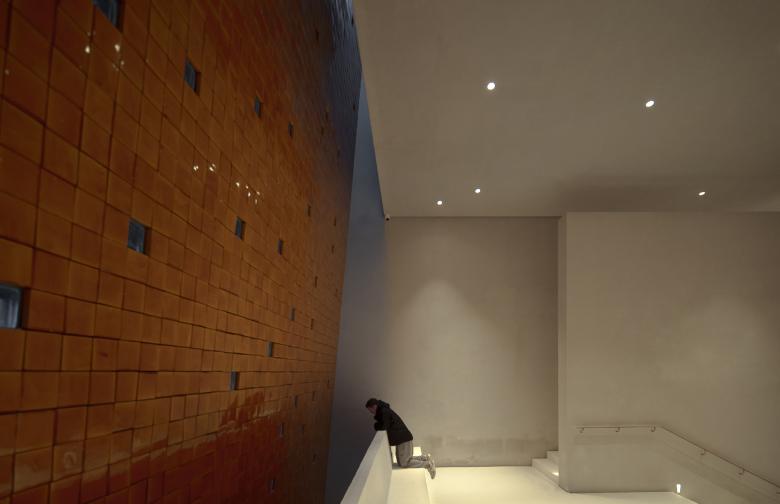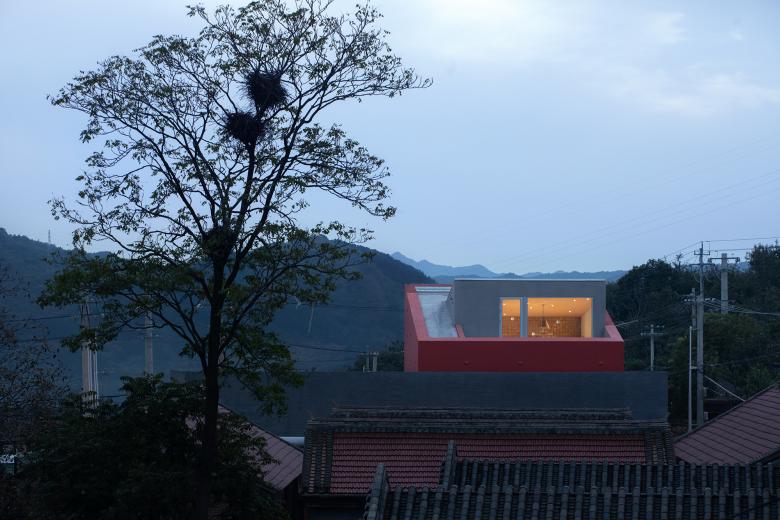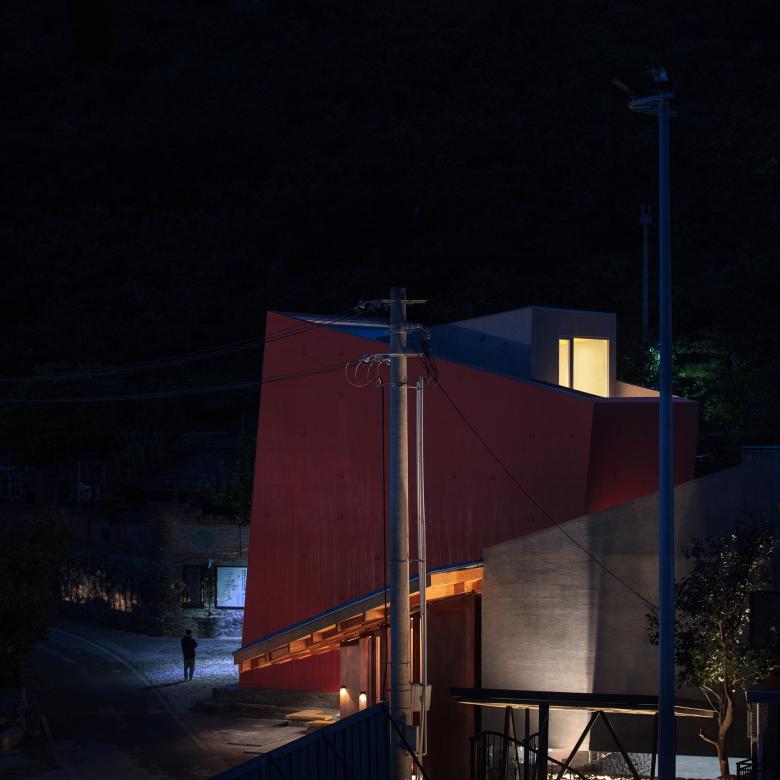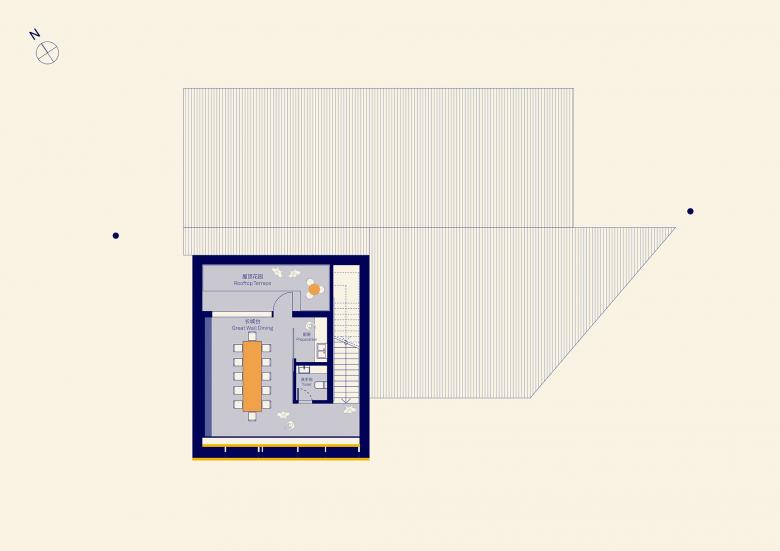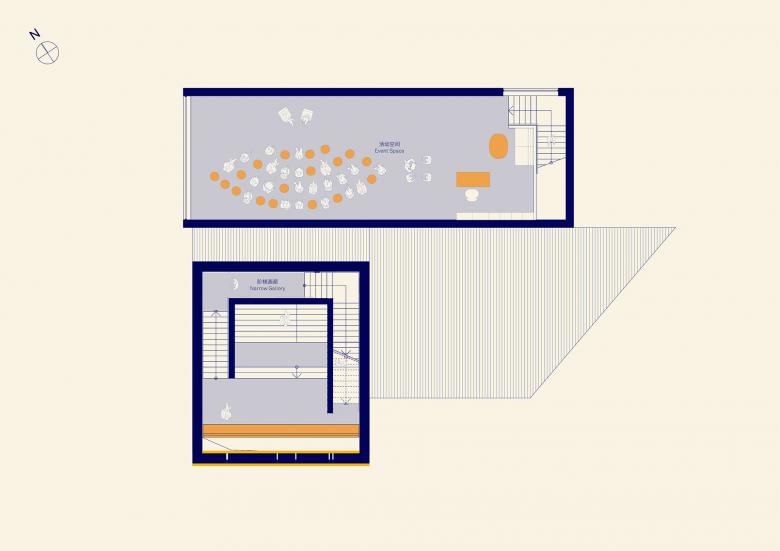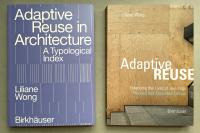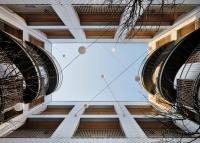WAAAM
Beijing, China
China's landscape and cities have undergone tremendous transformation in the last few decades. However, the Beigou Village, which is located in the Huairou District and just on the outskirts of Beijing, maintains its traditional historical appearance.
The village's remote location and barren soil have kept this unique site mostly undiscovered by the outside world. However, in 2005 the secretary of the new village committee of Beigou Village took office and saw great potential. He witnessed the depression and barrenness of Beigou Village and became determined to lead the villagers to build Beigou Village into a garden-like new countryside. Immediately in 2007 and 2015, two "Environmental Revolutions" were launched in order to realize the dream of the garden countryside.
The first step in this transformation was to change the way that villagers felt about the Beigou Village. This is, to create a sense of place in the mind of the community. For many the city and the village represented two very different and opposing conditions. The city meant progress and future while the village was a vestige of a rural past. It was important to change that idea by establishing a new perception of the village rooted in cultural life and its unique sense of place. A new perspective of the village, where the psychological inequality between the city and the countryside are eliminated. Instead, a new mutual and respectful relation seeks active growth and integration.
In 2007, when the first environmental interventions began, the residents began to feel different about their village. The effect was not immediate, but it was the beginning of shift in perception. The success of these initial steps also began to attract outside eyes, initially perceived as rural revitalization, these small changes were the beginning of something much larger to come.
Gaining momentum, in 2008 the abandoned glazed tile factory was transformed into a hotel by an American couple. The new hotel and their owners had a vision of community development and cooperation. Their attitude and vision began to spread and grow, creating its own form of cultural revolution.
In 2009, the 2049 Group came to Beigou Village and began to support and transform the village bit by bit. Working closely with the community, the 2049 Group began to integrate the villagers' houses, customs and traditional trades into their development projects.
At this stage, the second set of environmental interventions gradually began. llLab. was fortunate to join this initiative by participating in it and began a new set of comprehensive design interventions.
First, the Beigala Nostalgic Station was transformed from a rural farmer's house kitchen into an old Beijing shabu-shabu, also referred to as a rural living room. At the same time, the former gas station site was redesigned as a village-in-village community. Both projects integrated local typologies, materials and traditional construction methods with a respectfully modern architectural language. Subsequently, the original tile factory hotel was also renovated. This project was particularly important as it was a key component of the traditions and culture of the Beigou Village and a critical participant in the process of rural development and reform. The project celebrates the tradition of glazed tile making as a cultural component of the village at the foot of the Great Wall.
The shift from outlier to cultural center has not only affected Beigou but it has also started a new revolution in the neighboring villages in the north. Over the last ten years, each village has gradually started to pioneer initiatives that celebrates their own unique cultural identity and social character.
The most recent project in Beigou, WAAAM (originally named the Glazed-Tile Art.Architecture Museum), is a testament to the broad and meaningful impact that rural revitalization has brought to the community.
The museum is designed to commemorate the pioneering attitude of Beigou, a daring community that challenged itself with reinventing the concept of the rural village through environmental development, art installations and architectural interventions.
The concept of the WAAAM is based on the history of the site, the villagers' daily lives and the integration of traditional crafts. The building negotiates the duality of the new dynamic sense of place in the village with the different eras, ideologies and cultural generations that had claimed this village as their own before.
The museum takes a critical approach to local materials by positioning them in a new light, expressing their features in a more artistic and contemporary sensibility.
Similarly, the exhibition spaces of the WAAAM mark the radical collision of cultural eras.
The space is designed to act as a platform for communication between the permanence of Beigou and the ever-changing avant-garde consciousness of their people. The building records the context of the past, the ambitions of the present while embracing the uncharted territory of the future.
The building is structured around three thematic interior spaces, titled: "Beigou Memory", "Beigou Now", and "Beigou Future".
"Beigou Now", located near the entrance, welcomes visitors into the museum and includes functional areas such as a cafe, a community activity room, and outdoor rest areas.
"Beigou Memory" is located at the base of the original historic building and encompasses the main exhibition spaces. It includes the history of Beigou exhibition, a display showcasing the historical records of the original building, and an exhibition on Beigou's architectural culture. This building also houses the multifunctional hall on the second floor, which can be used as academic lecture hall, temporary exhibition hall, or meeting hall.
"Beigou Future" tower hosts an exhibition space within its main staircase, a building service space on the first floor, and a terrace overlooking the Great Wall on the top floor.
Beigou Village is now a model to rural China through its pioneering approach to rural development. Combining environmental, cultural and architectural development as drivers for urban revitalization and social transformation.
Project Name: WAAAM
Project Location: Beigou Village, Huairou, Beijing, China
Total Construction Area: 660 Square Meters
Site Area: 540 Square Meters
Footprint Area: 363 Square Meters
Landscape Area: 177 Square Meters
Project Timeline: September 3, 2020 - September 30, 2021
Project Status: Built
Project Client: 2049 Investment Group
Architectural Design: llLab. (www.lllab.net)
Project Partners: Hanxiao Liu, Luis Ricardo
Project Leads: Henry D'Ath, Yihui Zhao
Project Team: Lingkong Yin, Fei Chen, Lexian Hu, Yujun Yan, Lingling Liu, Camilo Espitia
Structural Design: Lalu Partners Structure Consulting
General Contractor: Huazhuang Brothers Decoration Engineering Company
Timber Construction: Qingdao Shunxing Timber Structure Engineering Co., Ltd.
Glazed-tile Facade Material Supply: Beijing Tongshi Architectural Materials Co., Ltd.
Red Facade Construction: Jotun Coatings (ZJG) Co., Ltd. – Shanghai
Photography: Arch-Exist Photography
- Architects
- LLLab.
- Location
- Beigou Village, Huairou, Beijing, China
- Year
- 2021
- Client
- 2049 Investment Group
